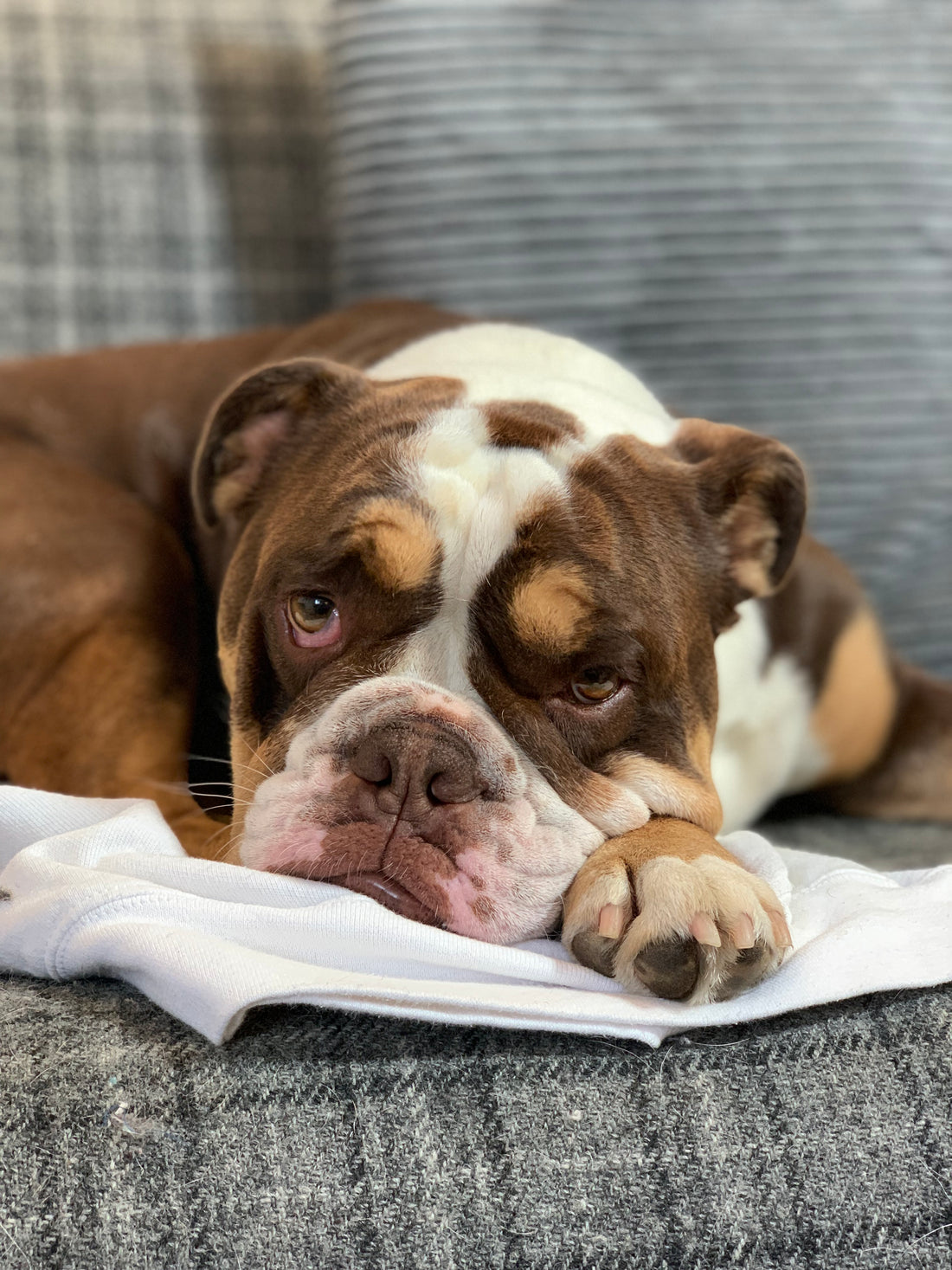
Separation Anxiety in Dogs
Share
Separation Anxiety in Dogs
As many of us return to places like the office and spend more time out of the house after lockdowns, some of our dogs might struggle with the sudden adjustment of being left alone. Some signs that your dog might be struggling with separation anxiety include making a mess (chewing, peeing, pooping) in the house when left alone, barking/howling or signs of stress when you are getting ready to leave the house such as pacing and panting. Sadly a lot of dogs will experience separation anxiety in the coming months as life begins to return to some sort of normal with regards to being out of the house/ The good news however is there are many ways to treat or minimise the stress your dog experiences. Below are a couple of techniques we have used in the past.

Firstly, prevention.
If you know you’re going back to the office soon or you know your dog will soon be spending several hours by itself in the house, start working now to ensure that it’s as little a shock to your dog's routine as possible. To do this you can start to introduce your dog to alone time. Head out without your dog a couple times a day, short spells to begin with but gradually increase the time you spend out. Leaving your dog at home like this should begin to desensitise your dog from the worry of being left alone. You could even combine this with a small treat each time you leave as we will explain below.

Counterconditioning
Like a lot of dog training, a way to counteract separation anxiety is by using reward and distraction. Counterconditioning involves changing your dogs fearful and anxious reaction to you leaving, with one that is pleasant and enjoyable by using something it loves such as food or treats. Over time your dog will learn to associate this occasion with a positive, happy experience and it’s anxiety should calm.
A great place to start is the use of a puzzle toy such as a Kong. This was a technique we often used with Stella to keep her mentally stimulated during lockdowns as it would take up 20-30 mins of active ‘hunting’ for the peanut butter stuffed inside. This would be a great exercise for your dog upon leaving the house if you fear your dog is experiencing or might develop separation anxiety symptoms. There are many different puzzle toys that would work but the important thing here is that your dog is now engaged in a pleasant activity, keeping its mind active and happy. When you return be sure to take this particular toy away as it should only be associated with particular occasion to ensure that the training is successful.

These toys are designed for the dog to play with or lick/chew however appropriate sizes of toys must be used and we do not recommend leaving your dog alone with chews such as pigs ears and bones as these can be choking hazards.
Further remedies for separation anxiety are available of course however these two quick suggestions could work wonders for you and your dog. The most important thing to remember here is that dogs are like us, they seek companionship and if there is a sudden change to their daily routine without any prior warning or preparation, they won’t like it and your nice new sofa might suffer the consequences. Also, do not punish your dog! Your dog is exhibiting these behaviours because it is trying to cope with a huge amount of stress or anxiety. Punishing your dog in these instances would do nothing but potentially make the problem much worse.
